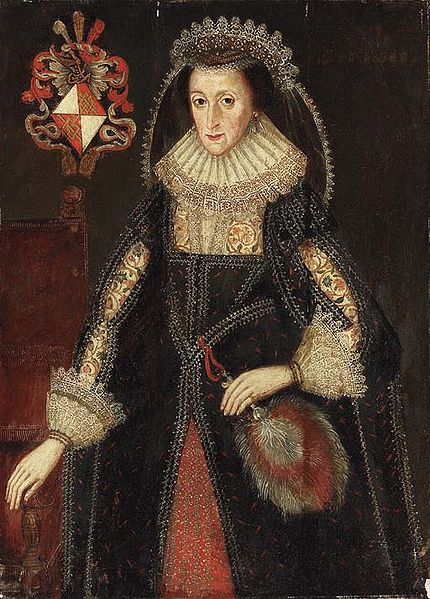|
| Lady Eleanor Dutton |

|
| Eleanor's Son William d 1536 Found guilty of adultery with Anne Boleyn and beheaded in the Tow |
| Sir William Brereton, Knight |

|
Along with three of his brothers, William entered royal
service. By 1521 he was a groom of the King's chamber, and from 1524,
groom of the privy chamber.
In 1529 Brereton married a widow, Elizabeth Savage, who was the daughter of Charles Somerset, 1st Earl of Worcester,
and a second cousin to Henry VIII. Lady Savage’s first husband was the
grandson of Sir John Savage who had been a Lancastrian commander at the
battle of Bosworth in 1485. When the grandson had fallen into debt and
was also being held in the Tower for murder, all his lands were
forfeited to the crown, and Brereton, as the king’s man in Cheshire,
was given the job of looking after them. Savage died and Brereton’s
marriage to Lady Savage established a family relationship with the King
and thus cemented Brereton’s position as a royal servant.
In reward for his work for the King, Brereton gained
many grants in Cheshire and the Welsh Marches.
These eventually brought him more than £10,000 a year. However, he
wielded power ruthlessly. For example, he engineered the execution of
Sir John Eyton for instigating the killing of one of his own heavies who had been involved in disorders over cattle
rustling. The Secretary of State, Thomas Cromwell, masterminded the plot against Anne. The allegation against Brereton was that Anne solicited him on 16 November 1533, and misconduct took place on 27 November.
However, the future Queen Elizabeth had been born on 7 September.
This would have kept Anne in seclusion for a long time. Other charges
of misconduct at Hampton Court certainly could not have happened,
because at the time in question the court was at Greenwich. The
historian Eric Ives
argues that Cromwell added Brereton to the plot against Anne in order
to end the troubles Brereton was causing in the Welsh Marches, and to
reorganise (and centralise) the local government of this area.
Brereton's words as he faced the executioner's axe,
"The cause whereof I die, judge not. But if you judge, judge the best," are interpreted as a cautious declaration of
his innocence which would avoid the imposition of the harsher sentence of being hanged, drawn and quartered.
|



